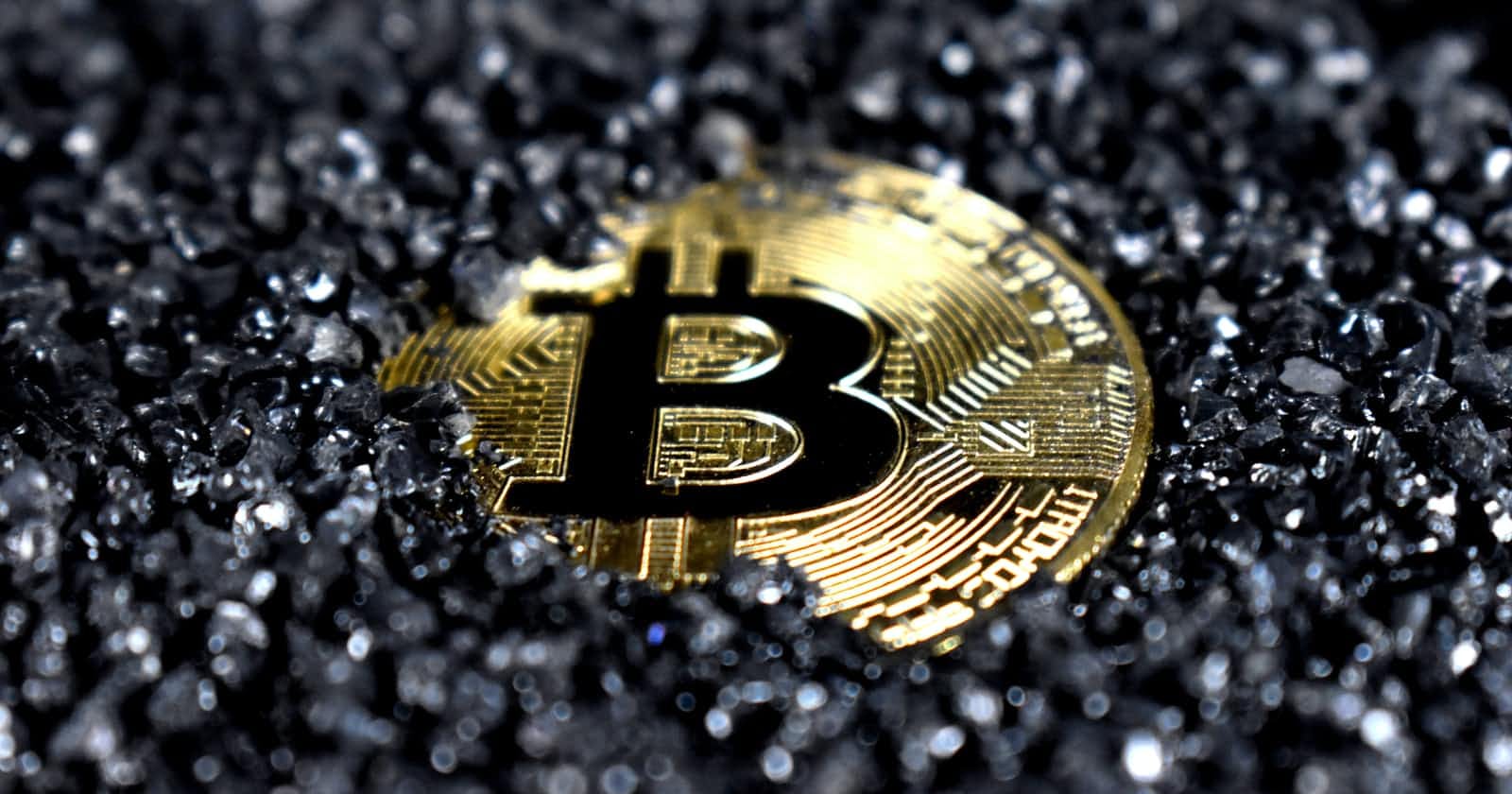
Photo by Kanchanara on Unsplash
Blockchains! What now?
One very common misconception a lot of people have is when they try to separate Blockchain technology from the “Internet”.
I first got involved with the Blockchain in 2017 out of curiosity and then became fascinated, even though I had known all about Blockchain technology since about 2015. I earned my first pay in the space in 2018 on a contract role and then some via Gitcoin. Why is this the premise for this piece? Many folks in the Blockchain space first got drawn in because of the promise of the technology. At the time I first got involved, I immediately saw the use case for “decentralization” and it is important to mention that at the time I was fascinated by the idea of verification of data and payments settlement away from the Banks. Of course, it made so much sense as it is still does now that:
“The Blockchain is a distributed ledger system that can validate ownership of a token ensuring that a user can transfer the said token to another user and pay a small fee to mining participants in the system to verify the transaction”. I immediately saw the use case for identity management, ownership of assets, cross-border payment systems, logistics tracking, and patient management in healthcare.
That said, it is commonplace right now for a lot of people to associate Blockchain technology with crypto settlements (read: payments). The technology differentiates itself from “centralized” systems by the introduction of a token system to affirm data ownership and validate transactions. It is so much more more than payment systems. Blockchains ensures ownership of data by the use of token to verify transactions. These same tokens used for payment settlements can be used for identity verification and all other use case listed above.
One very common misconception a lot of people have is when they try to separate Blockchain technology from the “Internet”. Internet for context here refers to the HTTP protocol. Not to go so much into the explanation of the technical scope of Blockchains, it is imperative to mention that at the user level - wallet transactions, et all - Blockchains are communicated with via HTTPS procedural calls. This is not an article on nodes and RPC. More often than not we have a lot of people in recent years coming into the Blockchain for the promise of economic gain, where they hope to 10000x on a token. It is critical to mention therefore that Blockchains do not exist solely for the purpose of minting tokens and creating Billionaires “out of thin air”. The technology also exists to solve a myriad of problems in sectors as I have mentioned in the first paragraph.
Blockchains, what now?
As I mention often, it is still very much early days for Blockchains. The promise for a lot more use cases beyond just payment settlements and other financial services is enormous. It is critical that everyone gets involved. The barriers to entry (e.g Bad UX) have to be reduced. The critical component of learning how to build has to be made even simpler for developers getting into the space. The prevailing idea of using the term web3 to define the Blockchain makes it seem like a new technology that lives away from the internet needs to be addressed by stakeholders in the space. The primary reason is to ensure that more people understand that Blockchain is a technology for verification of ownership, hence: tokens exist for the purpose.
I do recommend that if you are yet to get involved in Blockchain technology, do so now! I opened my first Blockchain Wallet on the Bitcoin Network in 2015. Sad to mention that at the time, I really did not understand the token aspects of the technology. I saw a piece of tech that made cross-border settlements easier. I was blown away when I discovered Ethereum and the very fact that one can do a whole lot more with Ethereum Smart Contracts. To get started in Blockchain technology now in 2022, you have to first decide on a Blockchain network you want to partake in and open a Wallet. I’ll not recommend you join any network in particular, rather, I suggest joining any EVM compatible network and get your Wallet Address from MetaMask.
This is an opinion piece and I hope to write a whole lot more of these on Blockchain technology. You can initiate a conversation with me on Twitter to share your thoughts as well. See you in the next one. Cheers!
